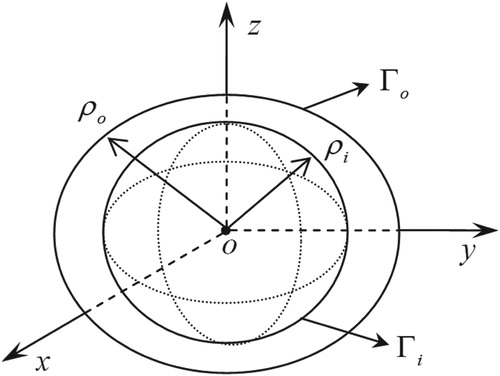Figures & data
Figure 2. For Example 5.1, comparing (a) numerically recovered and (b) exact boundary data on inner surface.
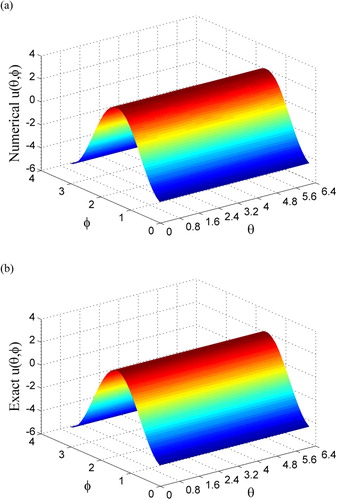
Figure 3. For Example 5.2, comparing (a) numerically recovered and (b) exact boundary data on an inner sphere.
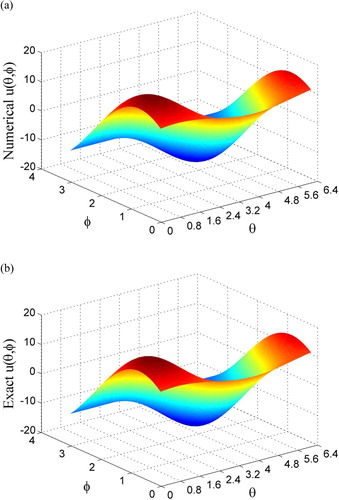
Table 1. For Example 5.2, comparing the maximum error (ME), 
 , the CPU time and the number of steps (No. Steps) for different levels of noise.
, the CPU time and the number of steps (No. Steps) for different levels of noise.
Table 2. For Example 5.2, comparing the ME and CPU time by using the BEM and the present method with various noise levels.
Figure 4. For Example 5.3, (a) comparing numerically recovered and exact boundary data on a curve, (b) showing error, and (c) showing error on inner surface.
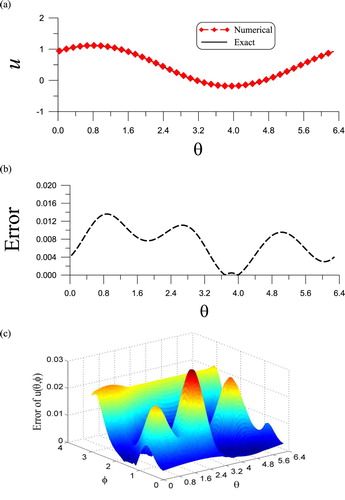
Table 3. For Example 5.3, comparing the maximum error (ME), 
 , the CPU time and the number of steps (No. Steps) for different levels of noise.
, the CPU time and the number of steps (No. Steps) for different levels of noise.
Figure 5. For Example 5.4, (a) comparing numerically recovered and exact boundary data on a curve, (b) showing error, and (c) showing error on inner surface.
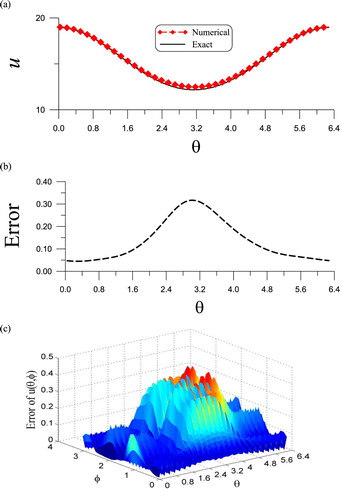
Table 4. For Example 5.4, comparing the maximum error (ME), 
 , and the number of steps (No. Steps) for different values of
, and the number of steps (No. Steps) for different values of 
 .
.
Figure 6. For Example 5.5, (a) comparing numerically recovered and exact boundary data on a curve, and (b) showing error.
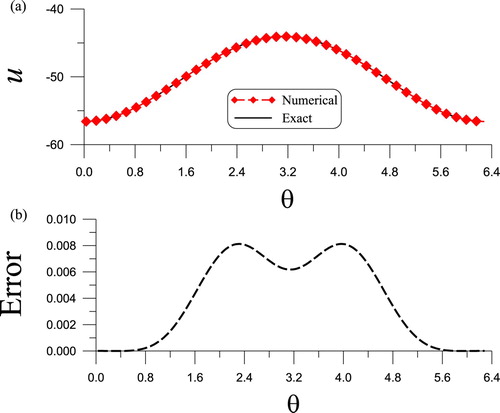
Figure 7. For Example 5.5, comparing (a) numerically recovered and (b) exact boundary data on inner surface.
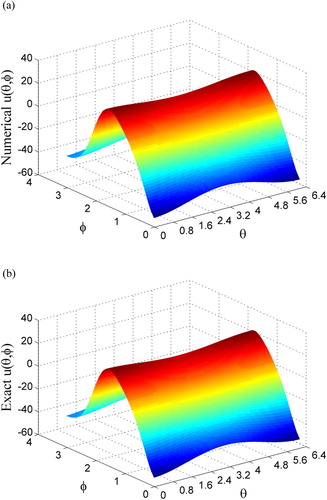
Table 5. For Example 5.5, comparing the maximum error (ME), 
 , the CPU time and the number of steps (No. Steps) for different levels of noise.
, the CPU time and the number of steps (No. Steps) for different levels of noise.
Figure 8. For Example 5.6, (a) convergence rate, (b) comparing numerically recovered and exact boundary data on a curve, and (c) showing error.

Figure 9. For Example 5.7, (a) comparing numerically recovered and exact boundary data on a curve, and (b) showing error.


